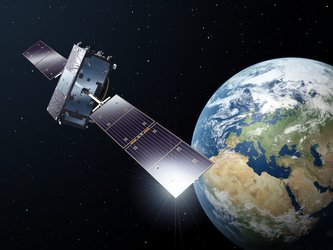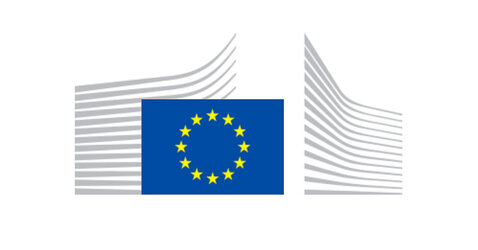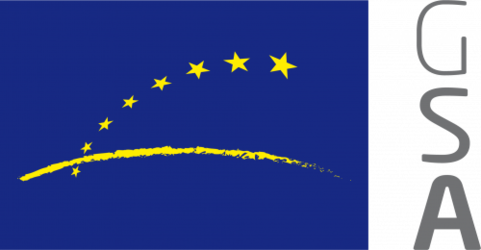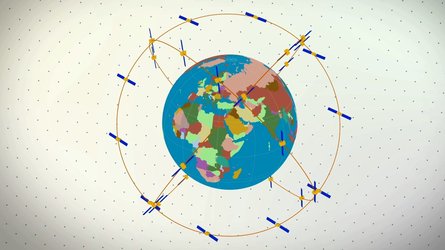Watch the launch of Galileos 23–26
Watch live as Europe’s next four Galileo satellites are launched on an Ariane 5 launcher on Wednesday 25 July at 11:25 GMT (13:25 CEST, 08:25 local time) from Europe’s Spaceport in Kourou, French Guiana.
Galileo is Europe’s own global satellite navigation system, consisting of both the satellites in space and their associated ground infrastructure. These latest four Galileo satellites will bring the constellation in orbit up to 26 satellites.
Live coverage resumes with confirmation of the satellites separating from their upper stage from 14:50 GMT (16:50 CEST).
Separation of the Ariane 5’s upper stage occurs about nine minutes after liftoff, followed by the first 10-minute firing of the upper stage.
The upper stage – carrying four 715-kg Galileo satellites – flies in ballistic configuration for three hours and eight minutes, after which a second upper stage firing lasting just over six minutes will place it into circular separation orbit.
Once stabilised at 3h 36 min after liftoff, the Galileo dispenser will release the first two satellites, followed by the second pair 20 minutes later.







